Lifestyle
A Beginner’s Guide To The 7 Body Chakras

In this beginner’s guide to 7 body chakras, we’ll introduce the main energy centers in our body, their characteristics, elements, and colors of each chakra.
Chakra is an old Sanskrit word that literally translates to the WHEEL.
Our body is made of 3 major nadis or we can say channel through which energy flows; Ida, Pingala, and Sushumna.
Ida is associated with lunar energy and located in the left side of our body. Idā has a moonlike nature and feminine energy with a cooling effect.
Pingala is associated with solar energy and located in the right side of our body. Pingala has a sunlike nature and masculine energy with a heating effect.
Sushumna Nadi is located in the central of of our body and connect both the Ida and Pingala nadis at some points.
The points where the Ida and Pingala nadis meet with Sushumana Nadi, that meeting point is refer as every point or CHAKRAS.
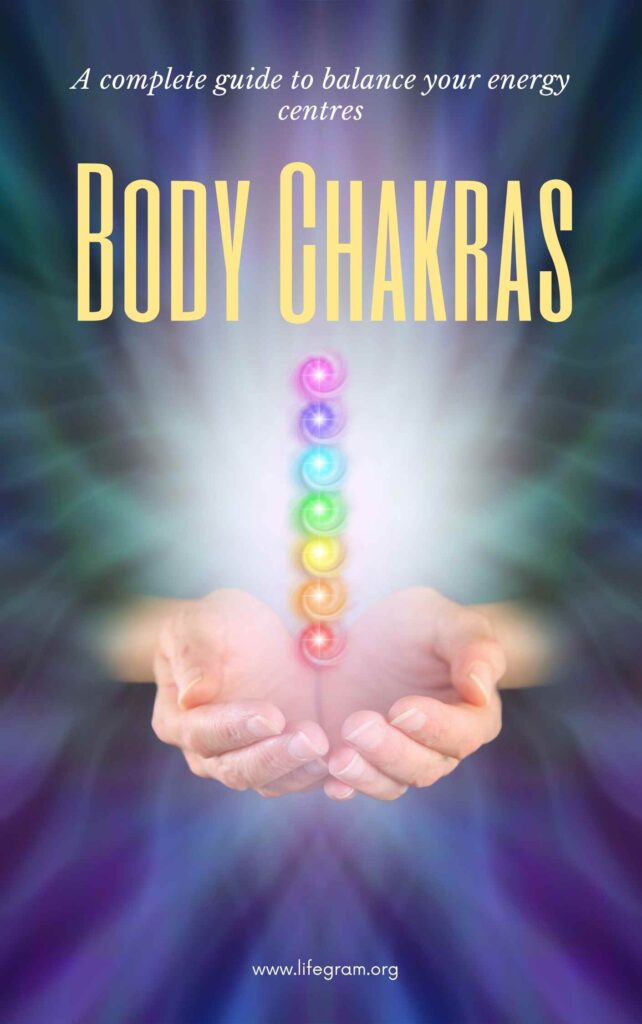
The Seven Chakras: Meaning and Symbols
Now we’re going to discuss the location, color and symbol of each chakra, what happen when these chakras are out of balance etc.
1 The Root Chakra
- Color: Red
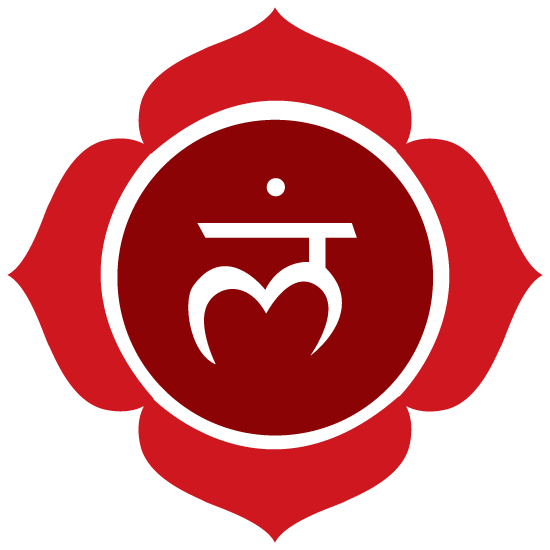
- Element: Earth
- Symbol: Four petal red lotus
- Location: Base of your spine, near your tailbone.
- Mantra: LAM
- Affirmation: “Wherever I am, I am safe and secure.
It is also known as Muladhara Chakra. The root chakra is the first chakra of the body and is situated in the foundation of the spine.
Its job is to interface your whole self with the Earth. This chakra is essentially female and gives us the sensation of being near the Earth.
It is known to keep us grounded and associated with the energy of the Earth. It is described by the feelings of endurance, soundness, aspiration, and independence.
At the point when this chakra is out of balance, an individual may feel precarious, ungrounded, absent of desire, absent of direction, unfortunate, unreliable, and baffled.
Once the Muladhara Chakra is adjusted, an individual feels steady, certain, adjusted, fiery, autonomous, and solid.
2. The Sacral Chakra
- Color: Orange

- Element: Water
- Symbol: 6 petals orange lotus
- Location: Right below the belly button
- Mantra: VAM
- Affirmation: “I am a strong, creative person and I love what I create.”
It is also called the Svadhisthana Chakra. It is the second chakra. The credits of Sacral Chakra are the fundamental requirements for sexuality, wants, innovativeness and self-esteem.
When imbalanced, an individual may feel sincerely hazardous and crabby, lacking energy and innovativeness, manipulative, or fixated on sexual considerations.
When Svadhishthana Chakra is adjusted, an individual may feel good, crucial, fulfilled, caring, and natural.
3. The Solar Plexus Chakra
- Color: Yellow
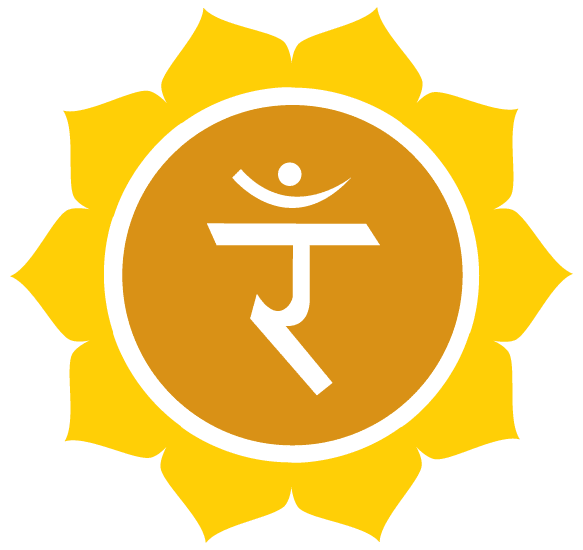
- Element: Fire
- Symbol: Ten petals yellow lotus
- Location: In the center of the belly button
- Mantra: RAM
- Affirmation: “I have high self-esteem and feel better about myself every day.”
It is also known as Manipura Chakra. This chakra is described by energy and feels like inner self, outrage, and hostility.
It is likewise connected with self-assurance, self-control, and cunning. This chakra is likewise answerable for the ‘hunch.’
For the unenlightened, the hunch is getting a sign about something which isn’t ideal for you.
An imbalance of Manipura Chakra can show itself genuinely by stomach-related issues, liver issues, or diabetes.
On a passionate level, one may battle with melancholy, absence of confidence, outrage, and compulsiveness. By bringing the chakra into balance, one may feel energetic, sure, gainful, and focused.
4. The Heart Chakra
- Color: Green
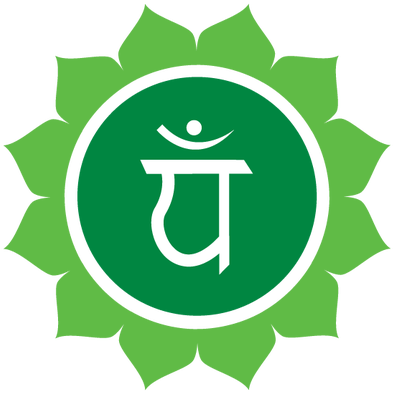
- Element: Air
- Symbol: 12 Petals green lotus
- Location: Right over your heart
- Mantra: YAM
- Affirmation: “I love myself unconditionally, and offer the same love to others.”
It is also called the Anahata Chakra. The fourth chakra is the seat of equilibrium inside the body, described by feelings of affection, connection, sympathy, trust, and enthusiasm.
When Anahata Chakra is out of equilibrium, an individual may manage intense subject matters like outrage, absence of trust, nervousness, envy, dread, and surliness.
By fitting this chakra, you may feel caring, romantic, agreeable, roused, comprehension, and mindful.
5. The Throat Chakra
- Color: Blue
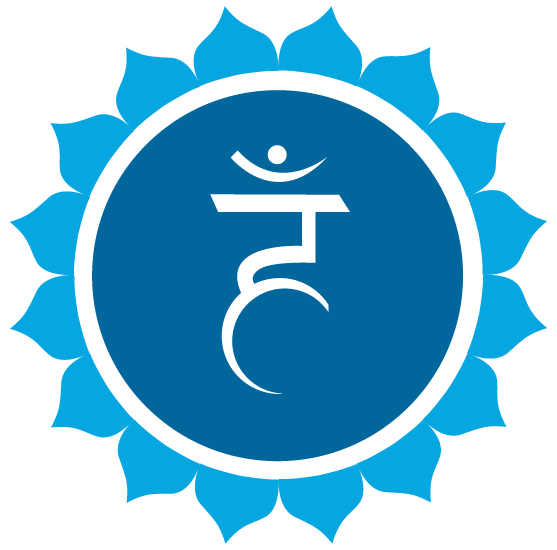
- Element: Ether/Sky
- Symbol: 16 petals blue lotus
- Location: Right in between your collar bone
- Mantra: HAM
- Affirmation: “I honor my true voice, and I let it speak.”
The 5th chakra is also known as Vishuddha Chakra which translates to “very pure.”
Vishuddha Chakra addresses motivation, articulation, confidence, and the capacity to convey.
The Awkwardness of the Throat Chakra may prompt meekness, quietness, a sensation of shortcoming, or the powerlessness to communicate your contemplations.
Harmony of the Throat Chakra can show itself by ingenuity, positive self-verbalization, beneficial correspondence, and satisfaction.
6. The Third Eye Chakra
- Color: Indigo
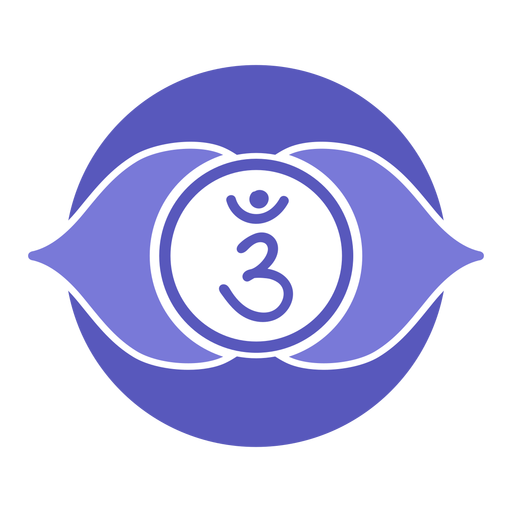
- Element: Light
- Symbol: 2 indigo color petals
- Location: In between your eyebrows
- Affirmation: “I know how to make the right decisions, and I do so with ease.”
The 6th chakra is the Third Eye Chakra or the Ajna Chakra which means to “beyond wisdom.”
Third Eye Chakra is regularly utilized as a point of convergence during asana practice to bring more fixation and mindfulness.
It is said that contemplation on Ajna Chakra obliterates the karma of previous existences and gives freedom and intuitional information. They are knowledge, instinct, getting, understanding, and self-information.
At the point when this chakra is out of equilibrium, one may feel non-confident, scared of achievement, or despite what is generally expected, be vain.
An imbalance of Ajna Chakra can show itself on an actual level by migraines, hazy vision, and eye strain.
When Ajna Chakra is adjusted, his lord is unafraid of death and liberated from connection to material things.
7. The Crown Chakra
- Color: Violet

- Element: All Elements
- Symbol: Thousand petals violet lotus
- Location: At the top of your head
- Mantra: OM
- Affirmation: “Today I am open to divine guidance.”
The 7th chakra is the Crown or Sahasrara Chakra, which translates to “thousand petaled.”
This chakra is liable for the quick relationship with the supreme and the discerning energy.
Sahastrara Chakra is the focal point of otherworldliness, illumination, dynamic idea, and energy.
It takes into account the internal progression of astuteness and brings the endowment of inestimable cognizance.
When out of equilibrium, one may experience the ill effects of a consistent feeling of dissatisfaction, no sparkle of delight, and damaging sentiments.
All chakras play an important role in healthy and balance body.
So start with some simple changes in your life style like eat more seasonal fruits and vegetables, exercise daily at least 30 minutes, practicing yoga and meditation, help others, enjoy your present moment etc. to make them open and balanced.
-

 Mindfulness2 months ago
Mindfulness2 months agoFeeling Anxious? Try the 5-4-3-2-1 Grounding Technique
-

 Lifestyle2 months ago
Lifestyle2 months agoErgonomic Workstation: How Wavepads Protect Your Wrist
-

 Quotes2 weeks ago
Quotes2 weeks ago70 Quotes on Self-Love and Confidence for a Happier You
-

 Quotes2 weeks ago
Quotes2 weeks ago50 Mother Teresa Quotes on Love, Compassion, and Kindness




